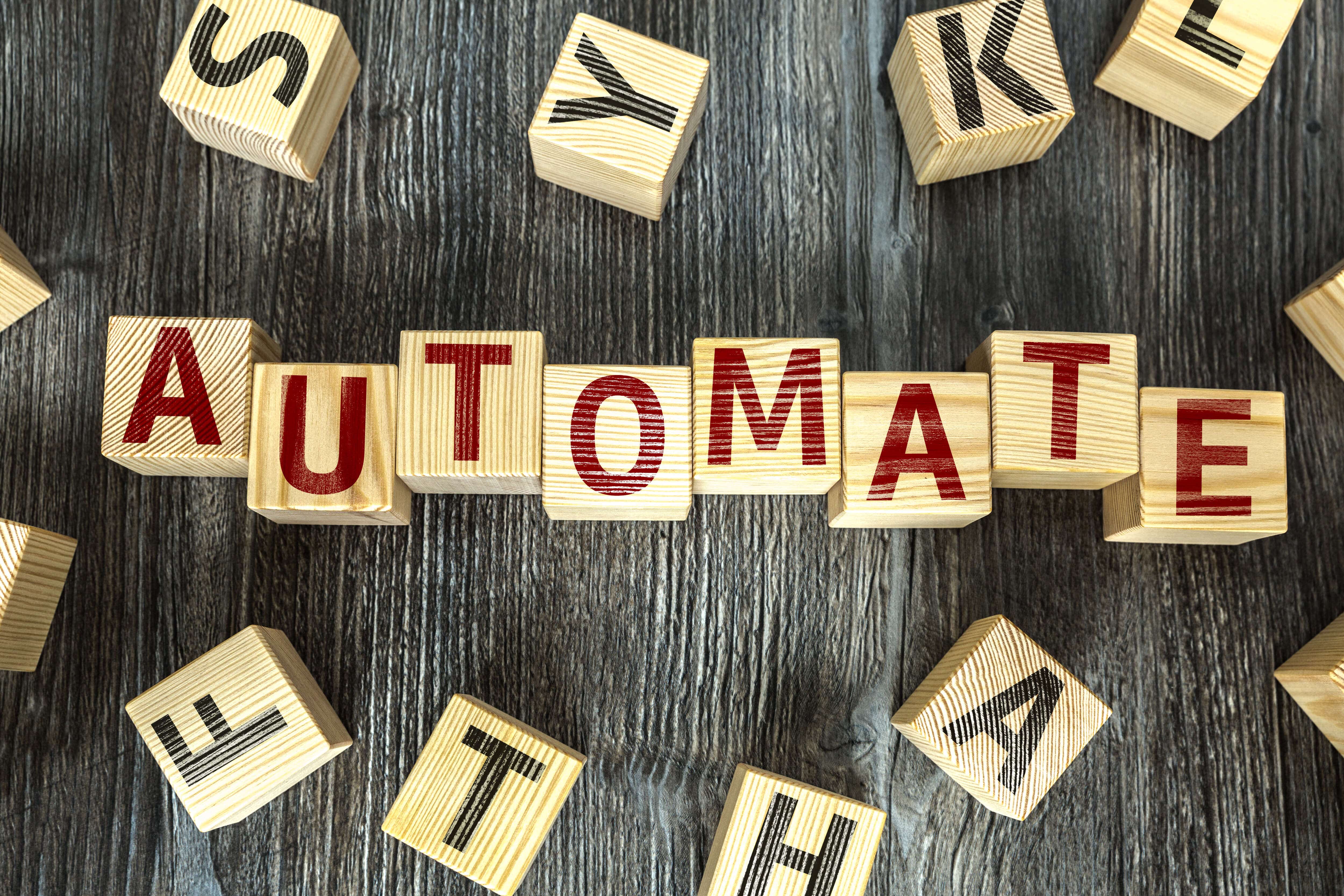
An integral aspect of the fourth industrial revolution is the introduction of Robotic Process Automation (RPA) to the workplace.
In the third edition of the Deloitte Global RPA Survey, 53 per cent of respondents said they have already embarked on their RPA journey. The figure is expected to increase to 72 per cent in the next two years. Deloitte predicts that at this rate, RPA will achieve near-universal adoption in five years’ time.
Consisting of a software or application that mimics human tasks, RPA is especially helpful for automating processes that require interaction with multiple, disparate IT systems.
The benefits of letting machines take over the tedious and mundane tasks are attractive. Operation costs are reduced, productivity gets enhanced, and human errors due to tiredness or lack of knowledge can be effectively eliminated. In addition, employees are freed from menial work to focus on more meaningful tasks.
However, despite the promises of the technology, Ernst and Young noted in a report that as much as 30 to 50 per cent of initial RPA projects fail. One common issue identified is that the RPA has been treated as mere automation, rather than a project that requires end-to-end integration with the larger digital transformation roadmap within the organisation.
“There is much more to implementing RPA than simply plugging in a software package,” said Yu Chen Kuang, Principal Lecturer and Consultant, Digital Strategy and Leadership Practice, NUS-ISS. At a keynote session at the NUS-ISS Learning Day 2019 on Friday, 2 August 2019, he shared with attendees common challenges that companies face when adopting RPA solutions.
RPA versus IPA
Explaining the origin of RPA, Chen Kuang said that it has been in existence for more than 30 years. The ‘forefathers’ of RPA include tools such as screen scraping software, Excel Macro and Business Process Management (BPM) suites.
“The traditional RPA was created to do repetitive tasks,” he elaborated. They could only process structured data and perform rule-based automation. “The rules have to be defined in exact terms, step by step. It is similar to programming, and the machine will do exactly what you have programmed them to do.”
But in recent years, due to developments in machine learning and artificial intelligence, there has been a rapid rise in what is known as IPA, or intelligent process automation. IPA refers to applications that are able to turn unstructured data into structured information, through methods such as natural language processing (NLP), speech recognition and computer vision technology. “One simple example would be voice assistants that translate audio into data that can be read by the traditional RPA system,” Chen Kuang said.
In IPAs, the robots are also fitted with cognitive power to do reasoning, classification or prediction. “This results in machines that are able to learn patterns, come up with insights and predict human behaviours based on information given.”
The Robot Co-Worker

Chen Kuang shared that there is often the misconception that RPA can replace the human worker completely.
“RPA cannot possibly automate 100 per cent of the workflow. There will be processes requiring human judgment within complicated scenarios, such as complex claims processing, that can't be assigned to the system,” he elaborated.
Therefore, to optimise and fully reap the benefits of RPA, there needs to be a rethinking of the work processes. “We shouldn’t think of RPA adoption as a ‘plug and play’ scenario. Certain parts of the existing operations will need to be streamlined or reorganised in order to maximise the productivity gain.”
At the end of the day, the value proposition of intelligent automation is not about replacing humans. The aim, rather, is to have a robot co-worker “enabling” or “assisting” the human worker. This would involve semi-structured content, collaborative processes and real-time decisioning on the part of the human employees.
Concluding his keynote, Chen Kuang advised on the need to involve the business leaders in RPA implementation from the get-go. This is because as with any digitisation projects or digital transformation efforts, RPA is not the concern of the IT department alone.
“The RPA effort does not exist within a vacuum,” he said, noting that many companies who fail in their RPA projects simply did not realise it should be a business-led initiative that calls for strong partnerships between various enterprise functions.
“It needs to align with the overall digital strategy of the organisation, which is in turn situated within the company’s business context,” Chen Kuang said lastly.
Click here to find out more about the NICF - RPA and IPA - Strategy and Management course and the full suite of Artificial Intelligence courses we offer.